order histories, retained contact details for faster checkout, review submissions, and special promotions.
Forgot password?
order histories, retained contact details for faster checkout, review submissions, and special promotions.
Location
Corporate Headquarters
Vector Laboratories, Inc.
6737 Mowry Ave
Newark, CA 94560
United States
Telephone Numbers
Customer Service: (800) 227-6666 / (650) 697-3600
Contact Us
Additional Contact Details
order histories, retained contact details for faster checkout, review submissions, and special promotions.
Forgot password?
order histories, retained contact details for faster checkout, review submissions, and special promotions.
DSG3 / Desmoglein 3
desmoglein 3
Desmosomes are cell-cell junctions between epithelial, myocardial, and certain other cell types. Desmoglein 3 is a calcium-binding transmembrane glycoprotein component of desmosomes in vertebrate epithelial cells. Currently, three desmoglein subfamily members have been identified and all are members of the cadherin cell adhesion molecule superfamily. These desmoglein gene family members are located in a cluster on chromosome 18. This protein has been identified as the autoantigen of the autoimmune skin blistering disease pemphigus vulgaris.
| Gene Name: | desmoglein 3 |
| Family/Subfamily: | Cadherin , not assigned-Cadherin |
| Synonyms: | DSG3, Balding, BAL, Cadherin family member 6, CDHF6, Desmoglein 3, Pemphigus vulgaris antigen, Desmoglein-3, PVA |
| Target Sequences: | NM_001944 NP_001935.2 P32926 |
Publications (9)
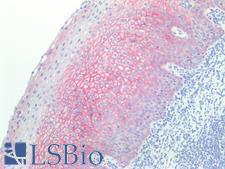
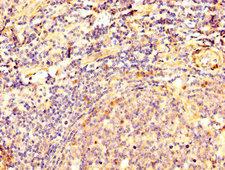
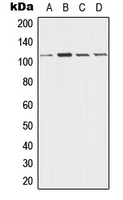
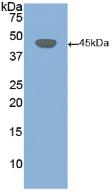

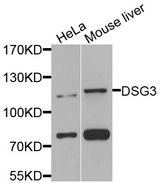

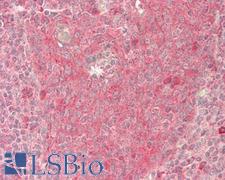
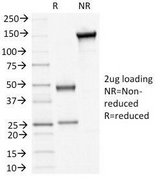
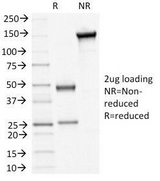

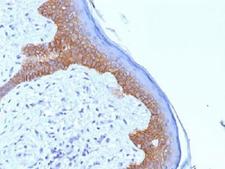
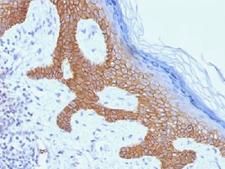
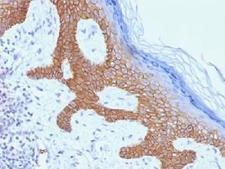

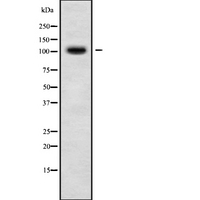
If you do not find the reagent or information you require, please contact Customer.Support@LSBio.com to inquire about additional products in development.











